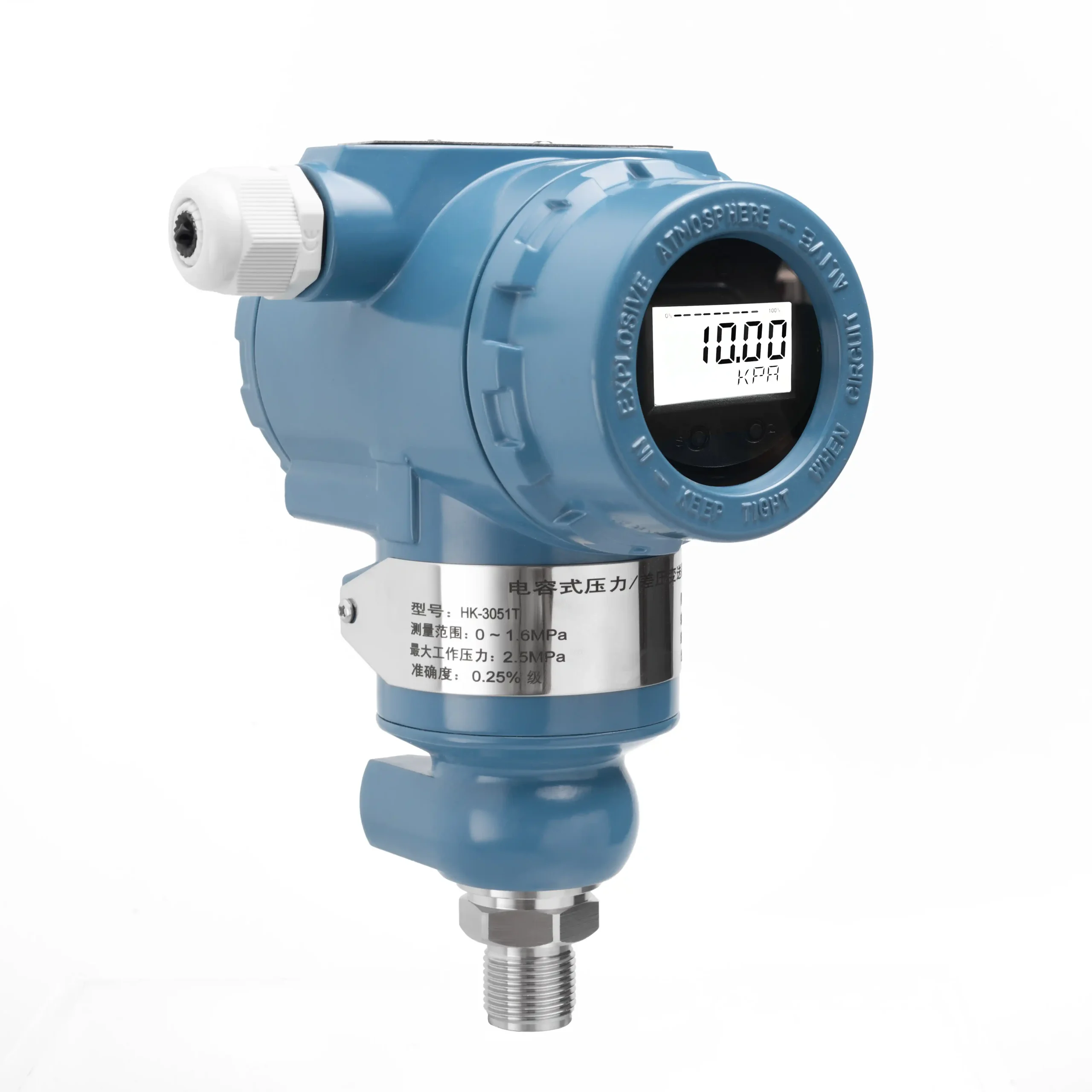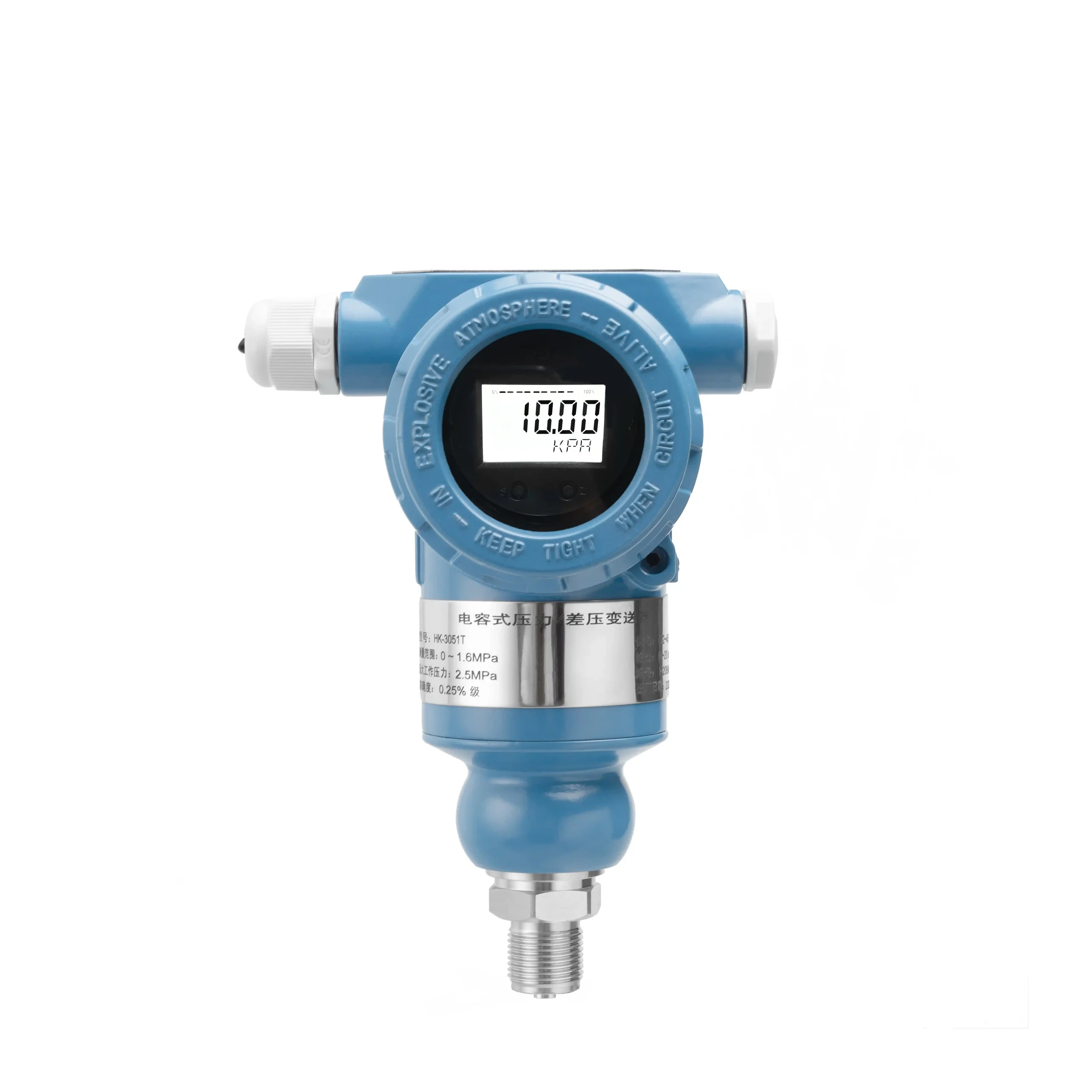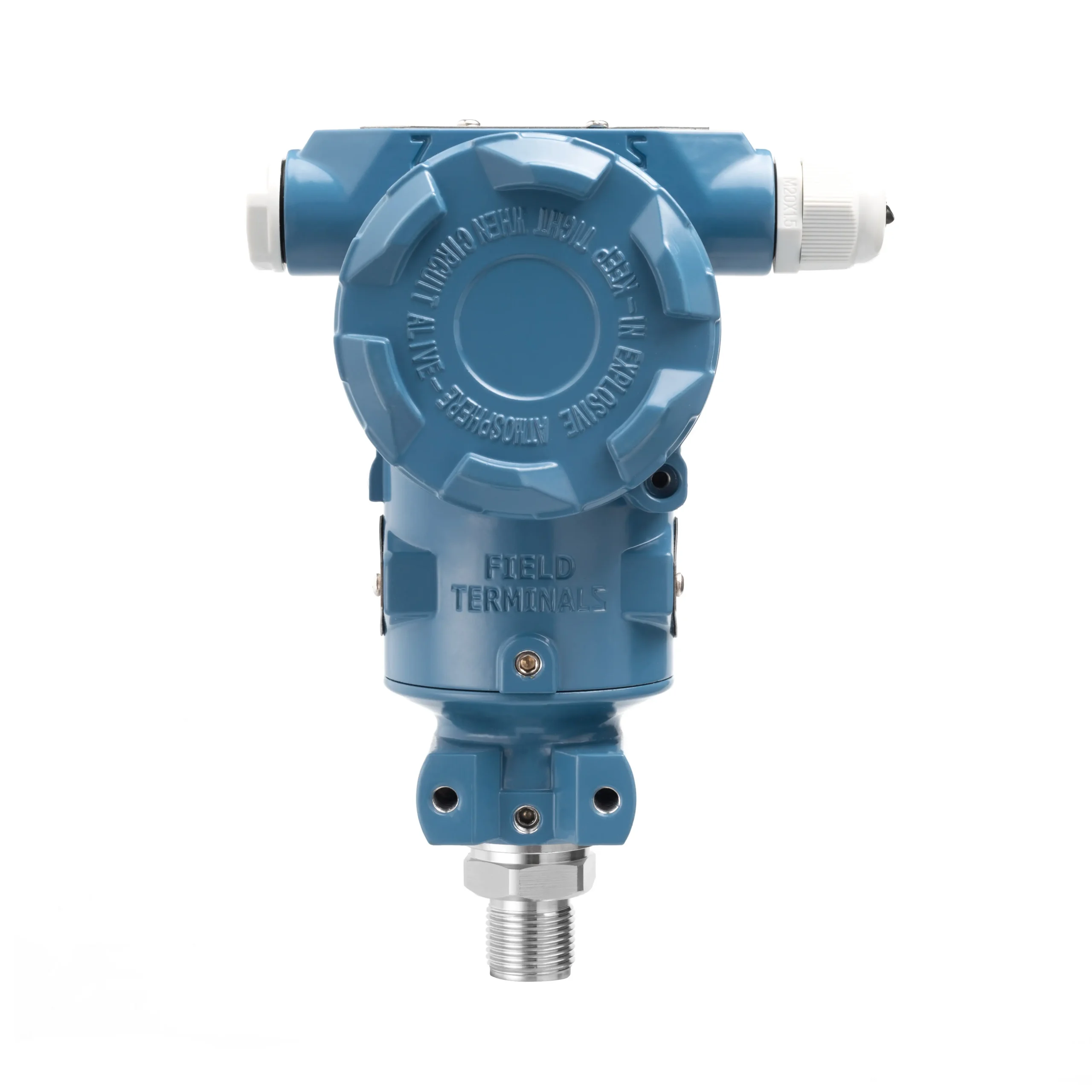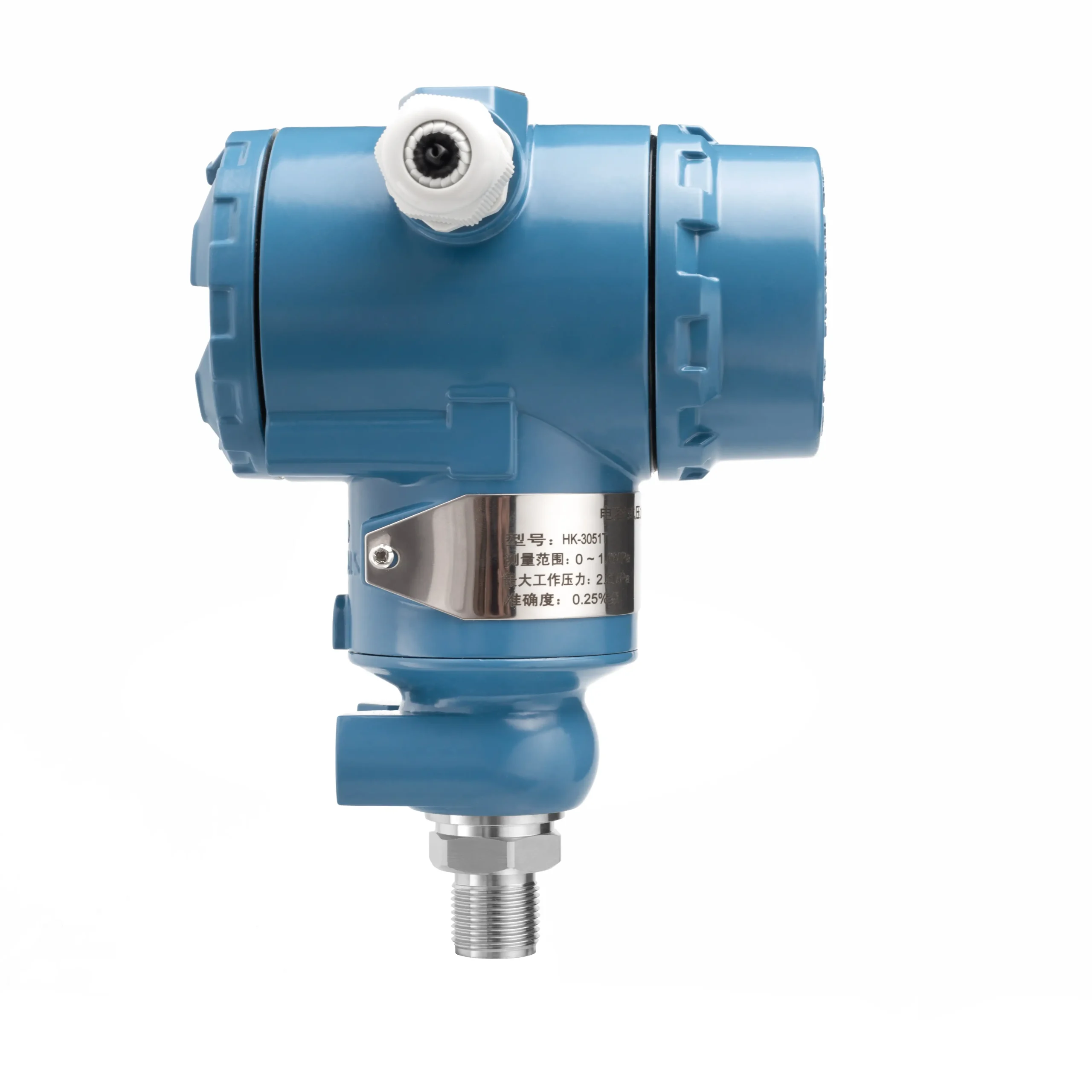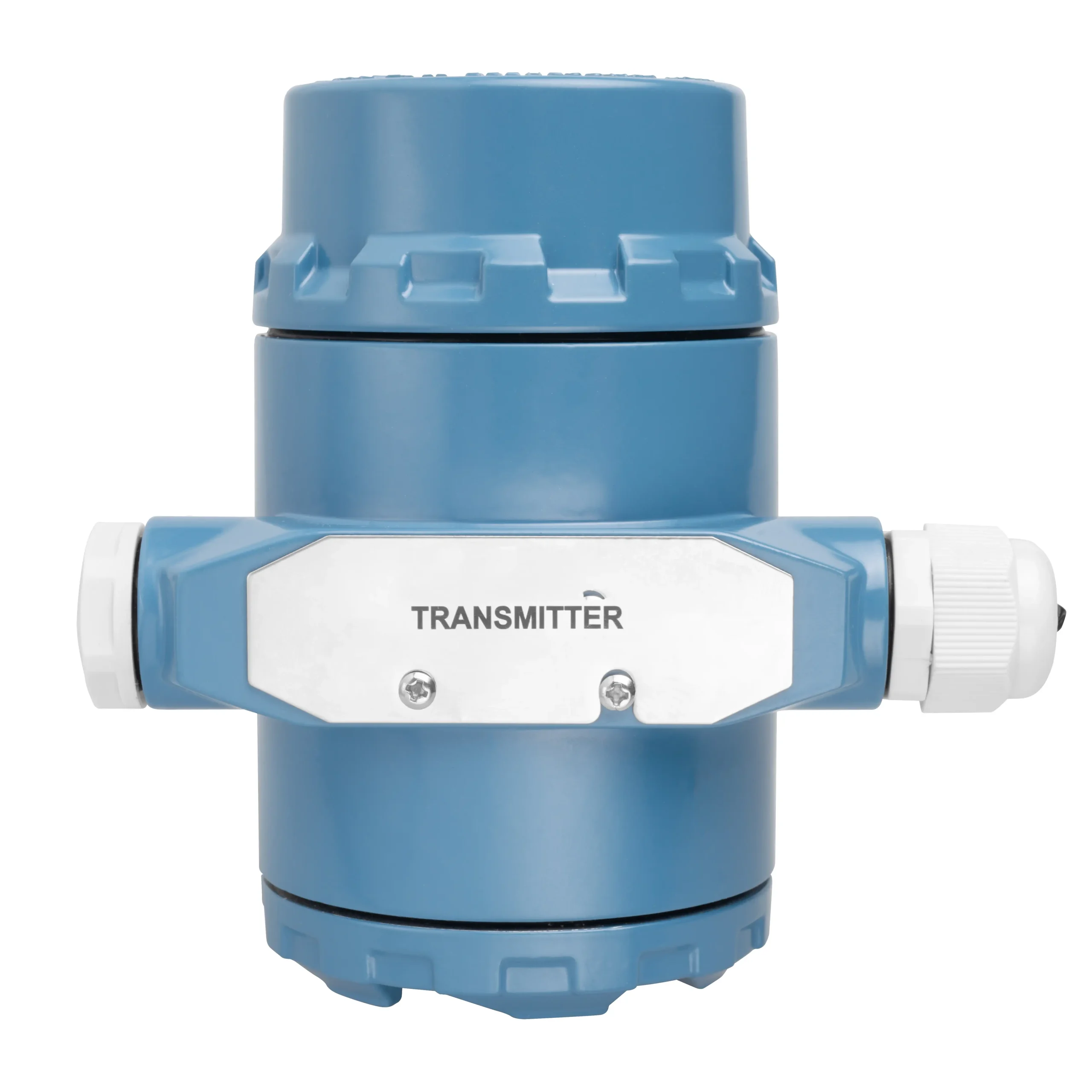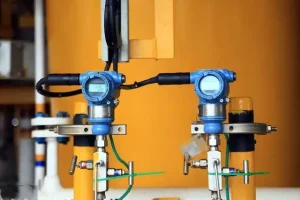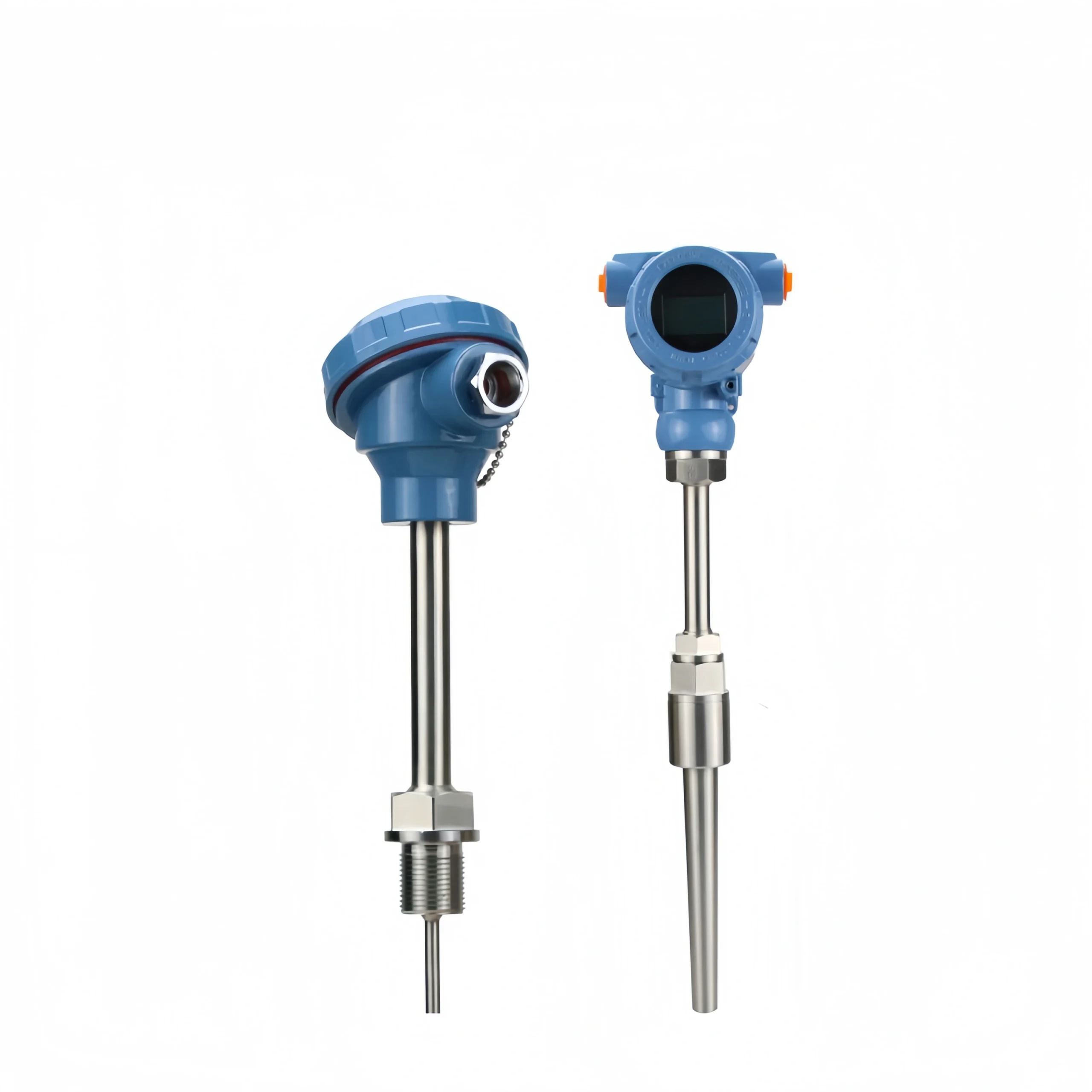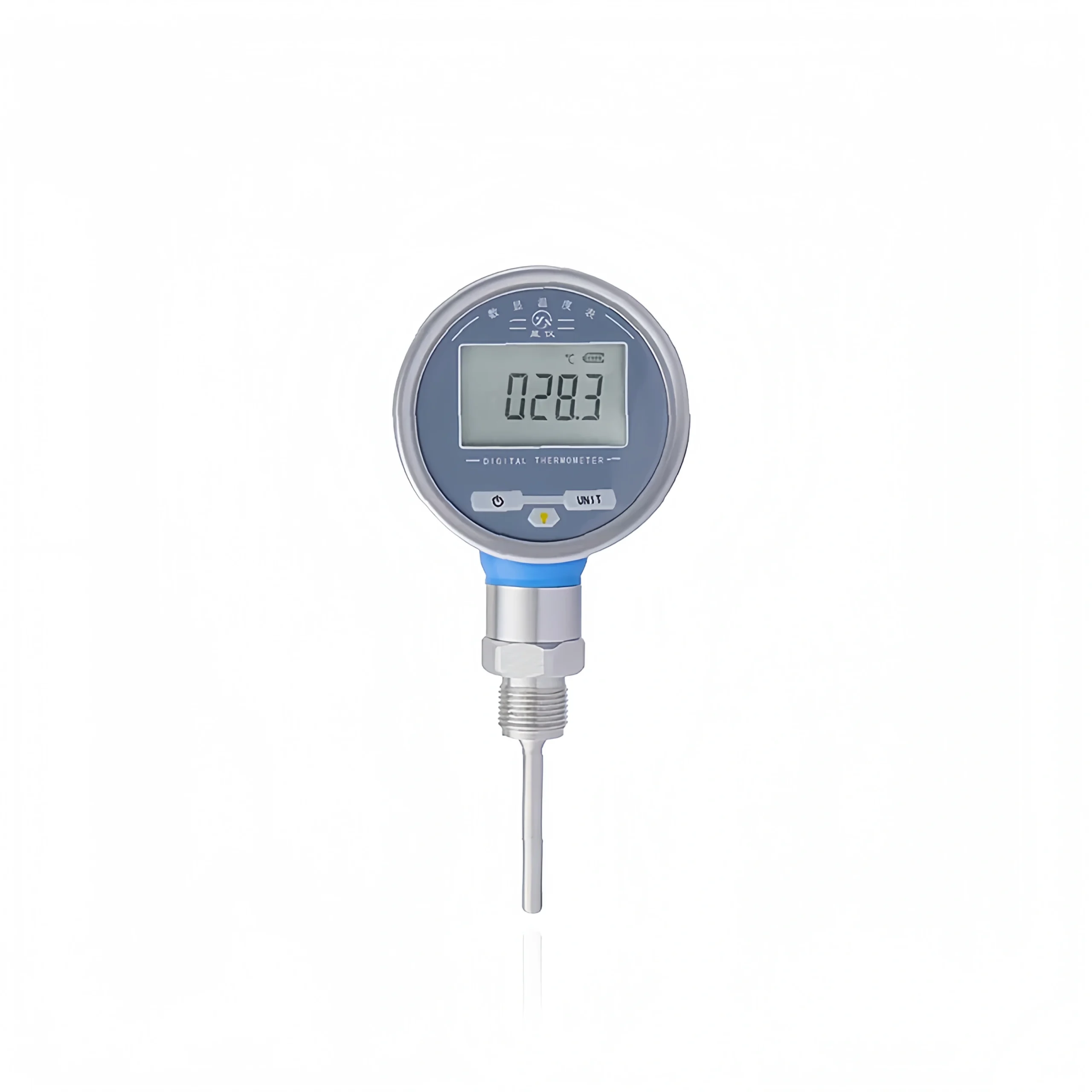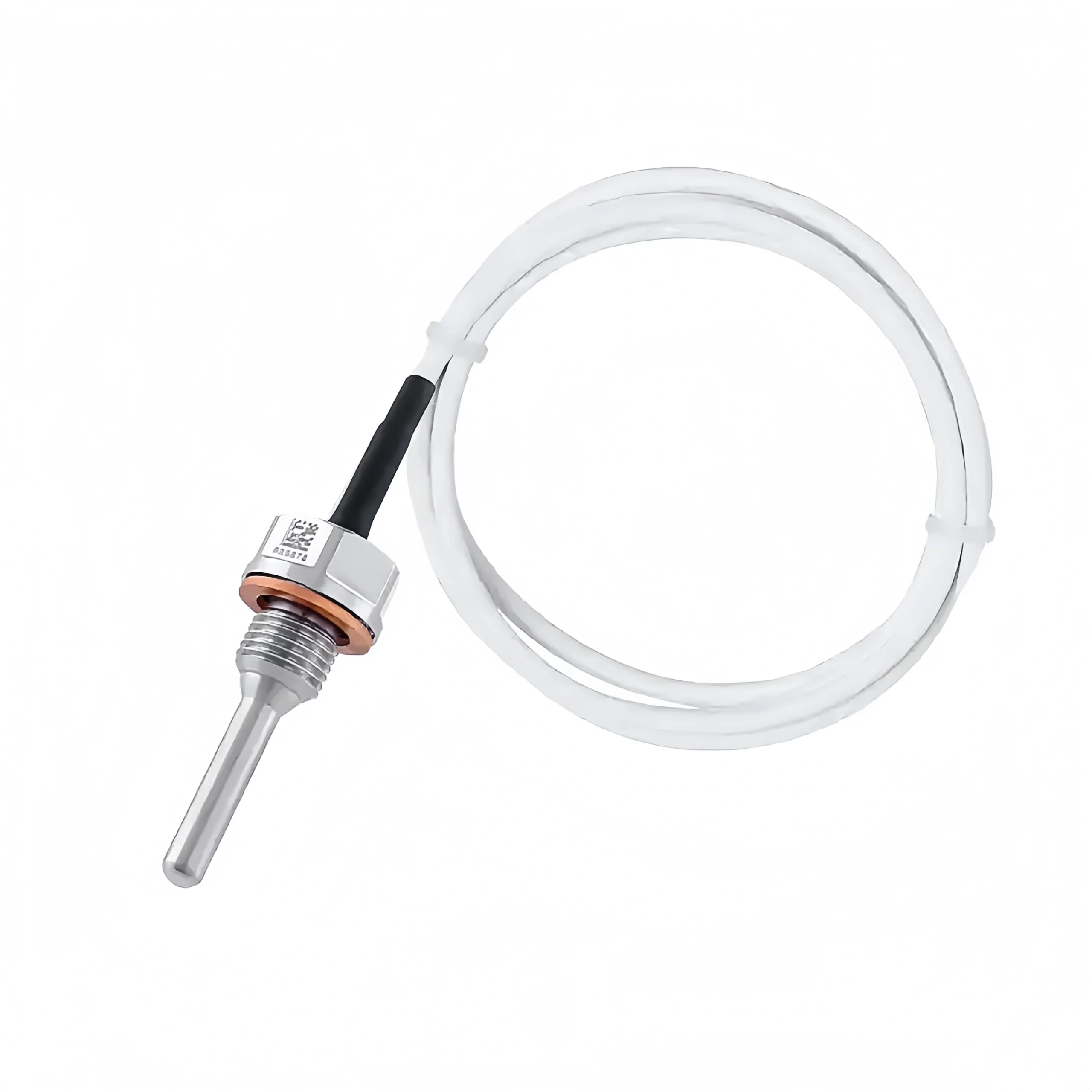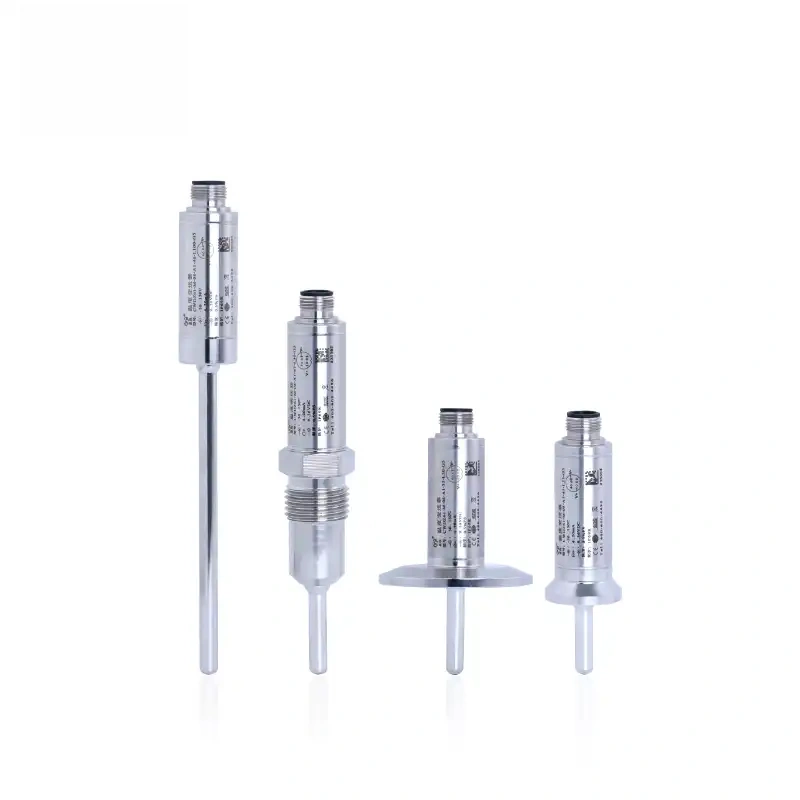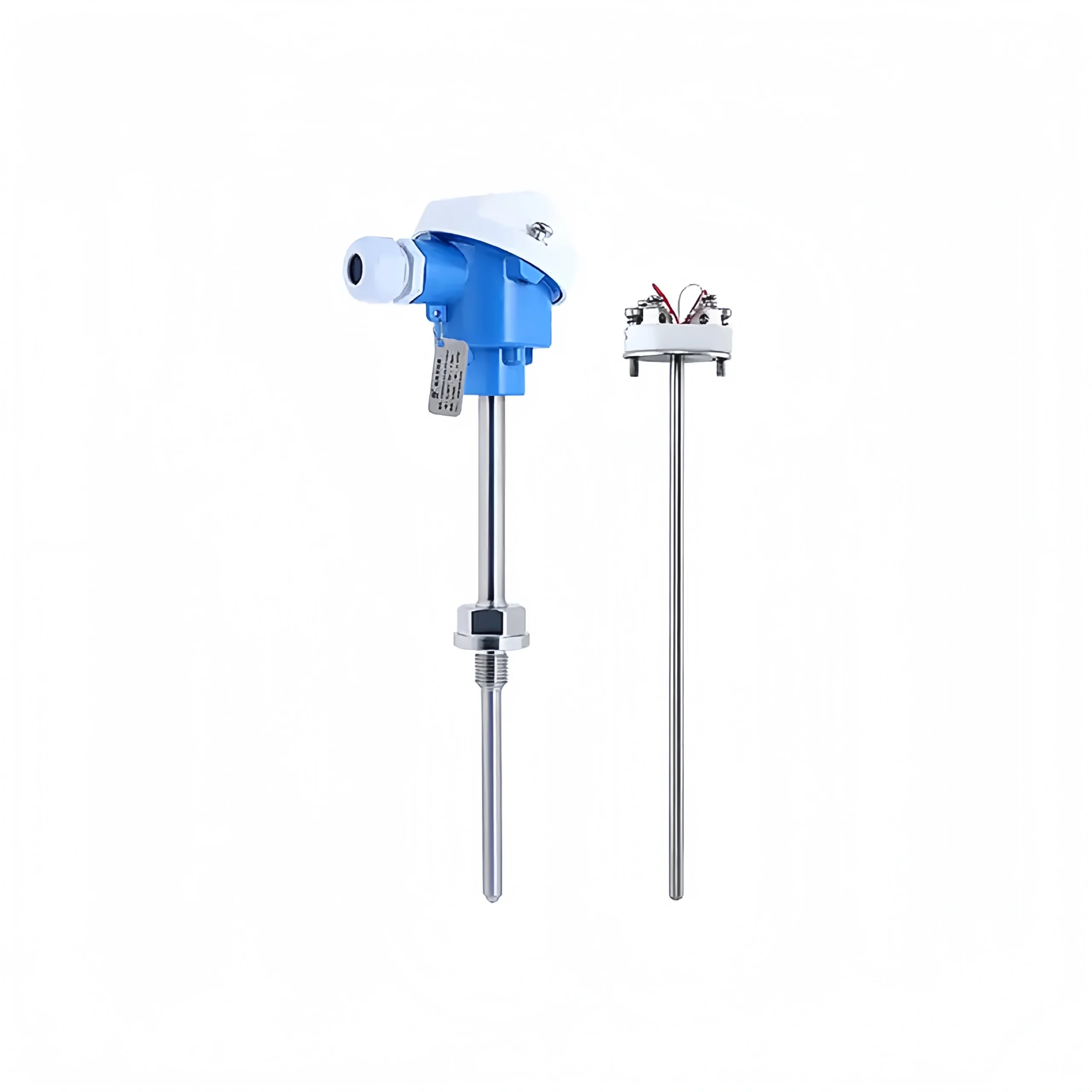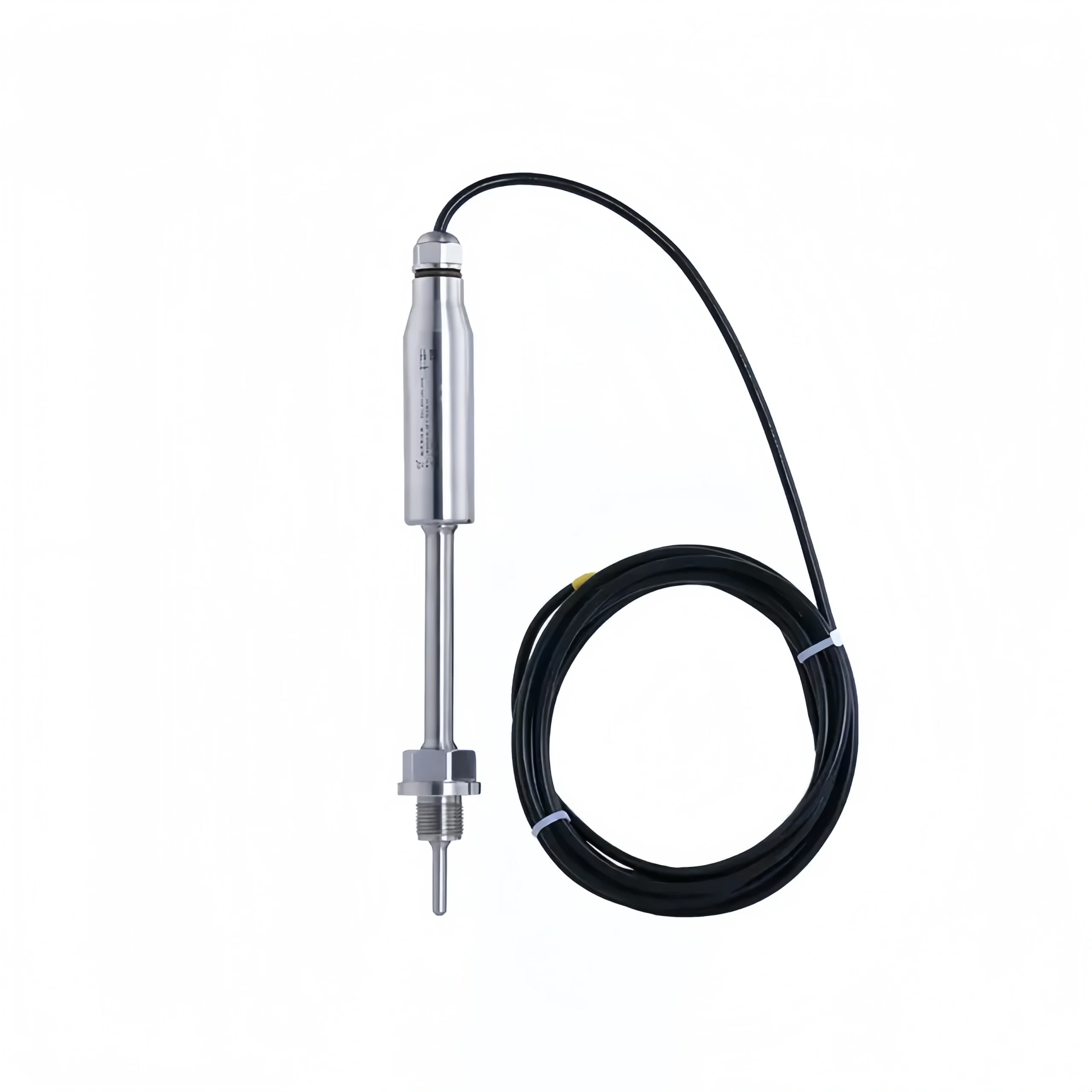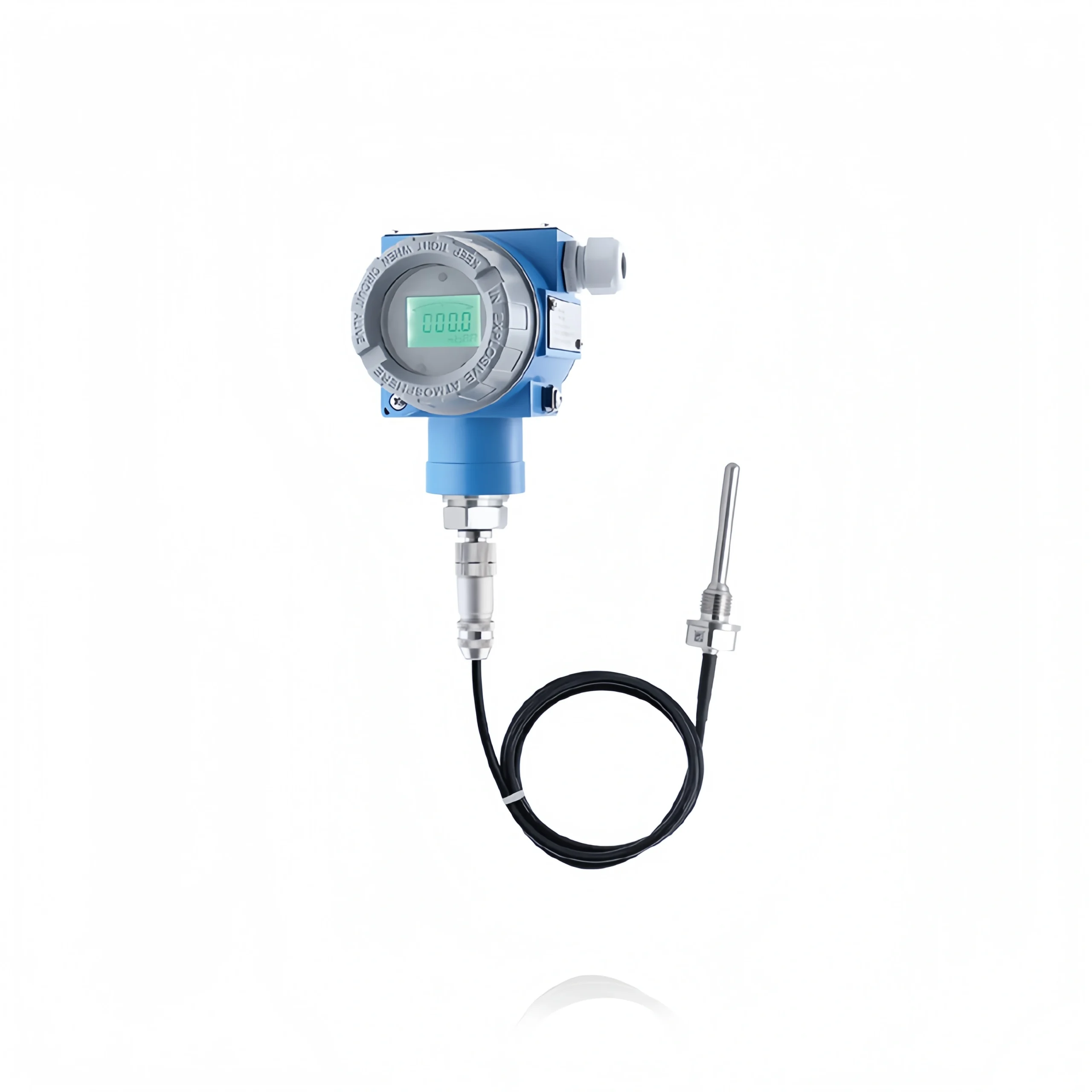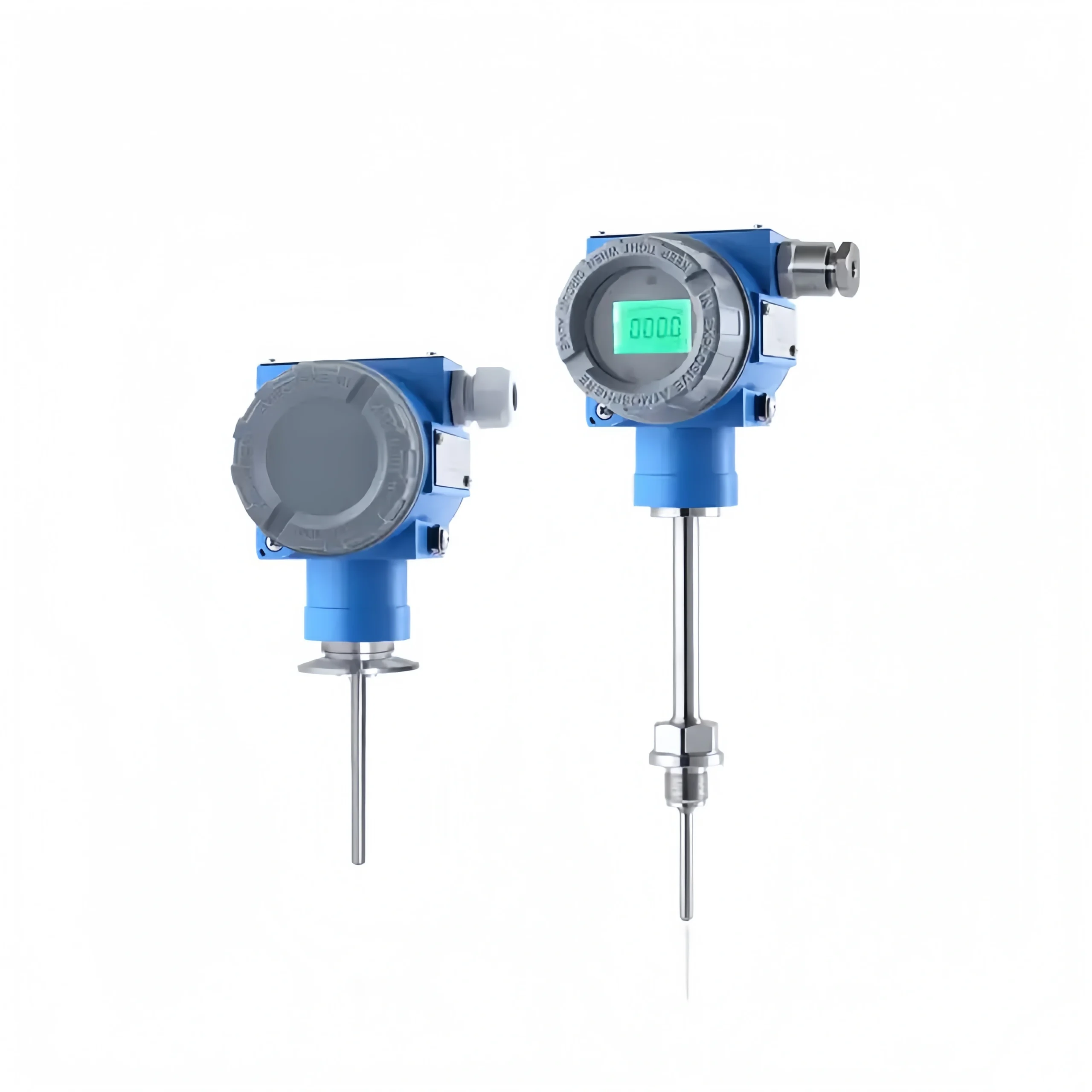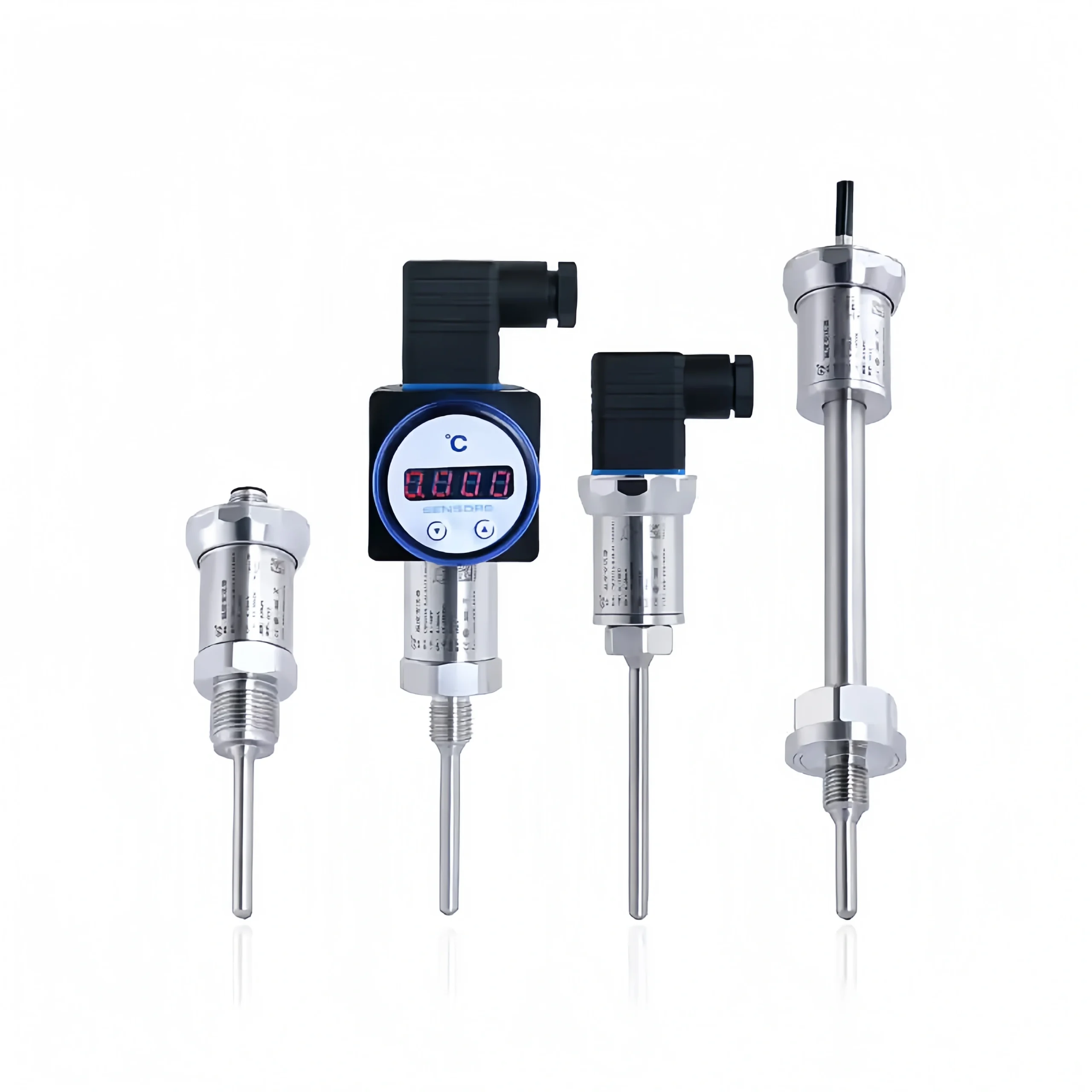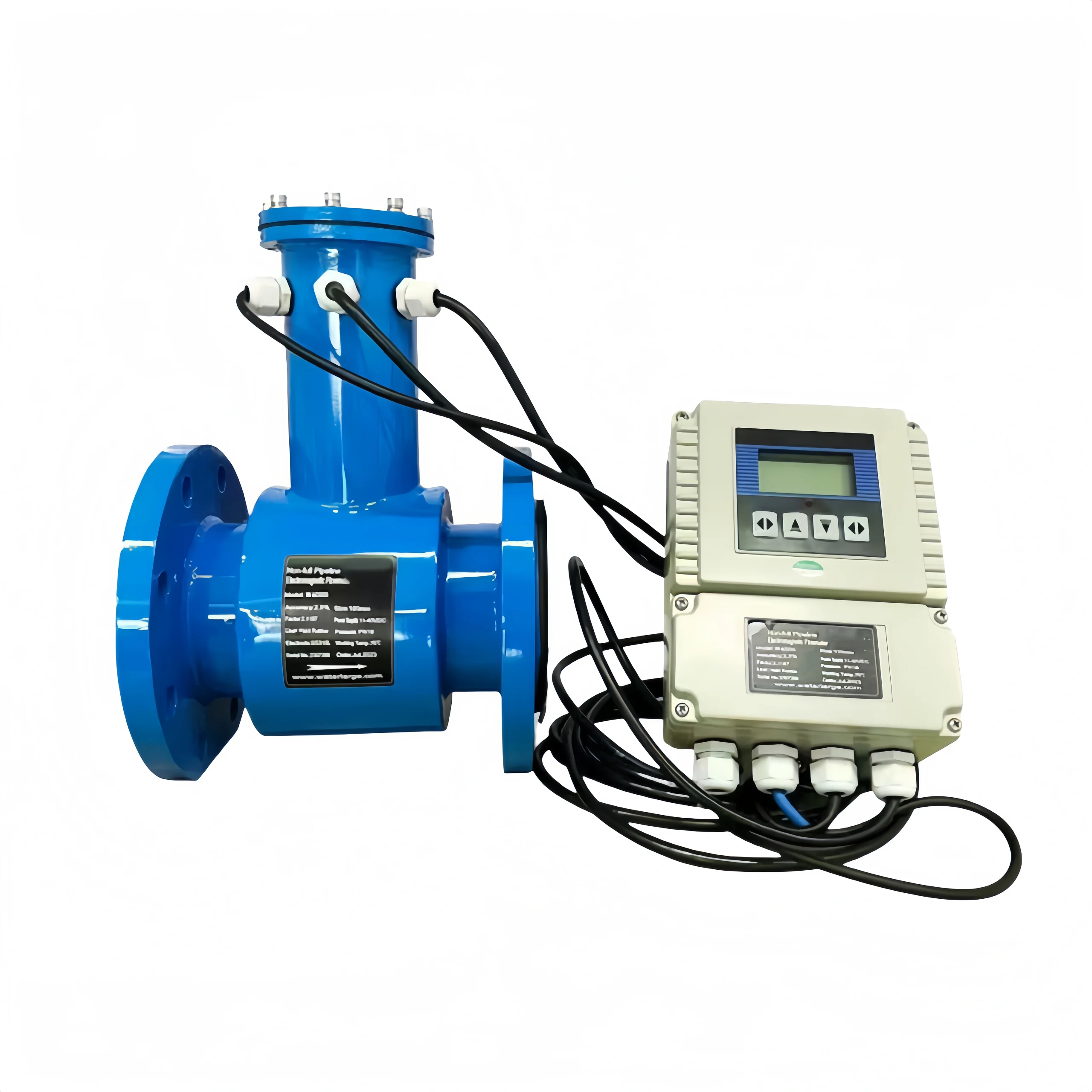Gauge Pressure Transmitter Working Principle
Gauge pressure transmitter/absolute pressure transmitter is a pressure signal measured with atmospheric pressure (or vacuum) as the reference end. There is only one port connected to the process pipe.
Its working principle is that when the silicon single crystal material is subjected to extremely small strains due to external force, the electronic energy level state of its internal atomic structure will change. This results in drastic changes in its resistivity. This physical effect is called the piezoresistive effect.
Utilizing the principle of piezoresistive effect, integrated process technology is used for doping and diffusion. Strain resistors are made along specific crystal directions on single crystal silicon wafers. forms a Wheatstone bridge. A diffused silicon sensor that integrates force sensitivity and electromechanical conversion detection was made.
When pressure acts directly or indirectly on the surface of the silicon wafer. Cause slight deformation of the diaphragm. The high-precision circuit that measures the deformation of the silicon wafer converts this tiny N deformation into a voltage signal proportional to the pressure.
Temperature and pressure compensated. Then a dedicated chip is used to convert this voltage signal into an industry standard 4-20mA current signal or 1-5V voltage signal.
Since the measuring diaphragm detection circuit uses an integrated circuit, it contains linear and temperature compensation circuits. Therefore, high precision and high stability can be achieved, which is convenient for on-site use in various complex industrial environments.
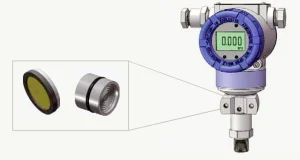
What Is the Difference Between Gauge and Absolute Pressure Transmitter?
When selecting a pressure transmitter, the concept of pressure type will be involved: absolute pressure, gauge pressure, negative pressure and differential pressure.
Although their explanations are a little difficult to understand, the principles are actually very simple. We only need to know that the principles of these four pressure transmitters are all based on differential pressure. That is, one side is connected to the medium pressure, and the other side is the reference pressure. The only difference is the pressure of the reference pressure side connection.
The absolute pressure transmitter measures the absolute pressure of the medium in the equipment. Its reference pressure is absolute value 0. It has nothing to do with atmospheric pressure. Therefore, there will be a vacuum sealed cavity on the low-pressure side of the pressure core.
Gauge pressure transmitters measure pressure based on atmospheric pressure. One side of the pressure transmitter is connected to the atmosphere, and the other side is connected to the measured pressure. Therefore, the reference pressure side is open to the atmosphere. Generally used to measure liquid level in pipelines and non-pressure tanks. If you pay careful attention to the shells of some pressure transmitters, it is not difficult to find some small holes in them. These vents are reserved to keep the reference side connected to the atmosphere.
A differential pressure transmitter has two pressure tubes to measure differential pressure. If the differential pressure transmitter is only connected to the positive membrane chamber or the negative membrane chamber, its function is equivalent to a general gauge pressure transmitter. The pressure interfaces on both sides of a normal differential pressure transmitter will be connected to different pressures respectively. Common applications include measuring the liquid level of a sealed tank based on the pressure difference, and using an orifice plate to measure pipeline flow.
In addition, the concept of static pressure is also commonly heard. But what is more confusing is that static pressure does not belong to the pressure type. For example, a pressure transmitter with a maximum static pressure of 25Mpa means that when the pressure on both sides of the pressure transmitter is the same and lower than 25Mpa, the pressure of the pressure transmitter displays 0.
However, when the pressure on both sides of an ordinary differential pressure transmitter rises above 25MPa at the same time, its display result will be distorted and will no longer be 0. For this reason, high static pressure differential pressure transmitters are mostly used in flow, liquid level measurement and high-pressure applications.
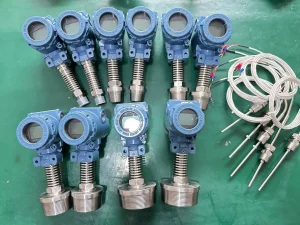
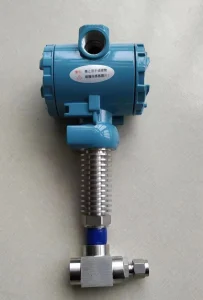
TGP/TAP Gauge Pressure Transmitter-Absolute Pressure Transmitter - Sino Insts
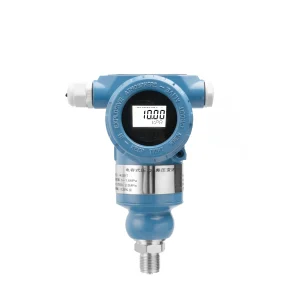
Gauge pressure transmitter/absolute pressure transmitter is a pressure signal measured with atmospheric pressure (or vacuum) as the reference end. There is only one port connected to the process pipe.
Product SKU: Gauge Pressure Transmitter-Absolute Pressure Transmitter
Product Brand: Sino-Inst
Product Currency: USD
Product Price: 155
Price Valid Until: 2029-09-09
Product In-Stock: PreOrder
5

